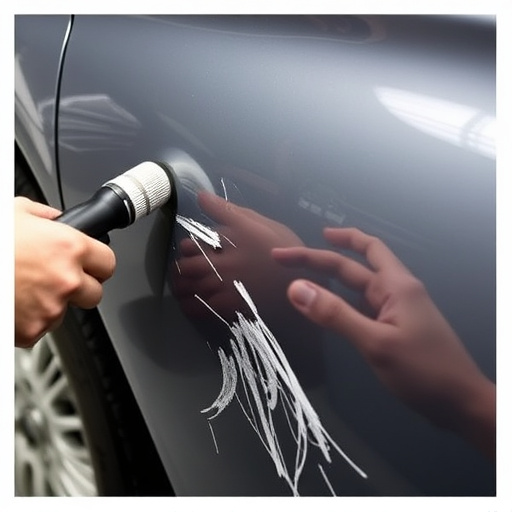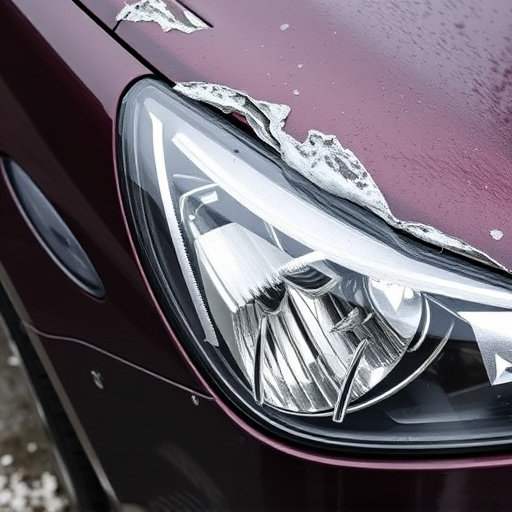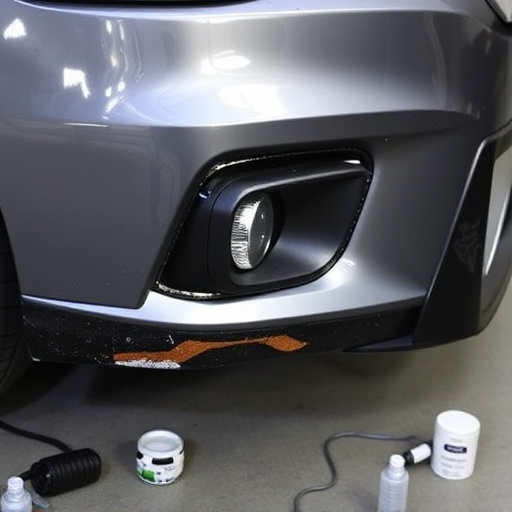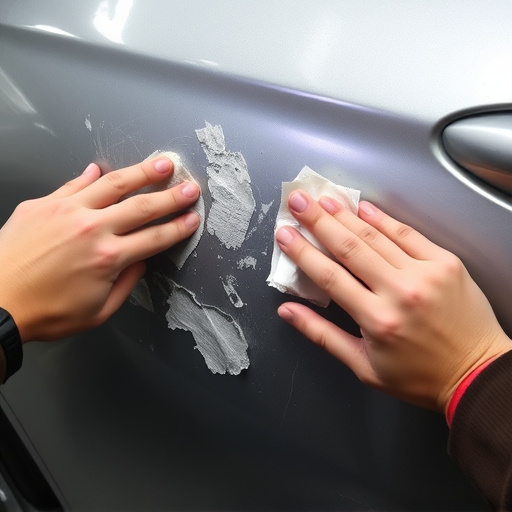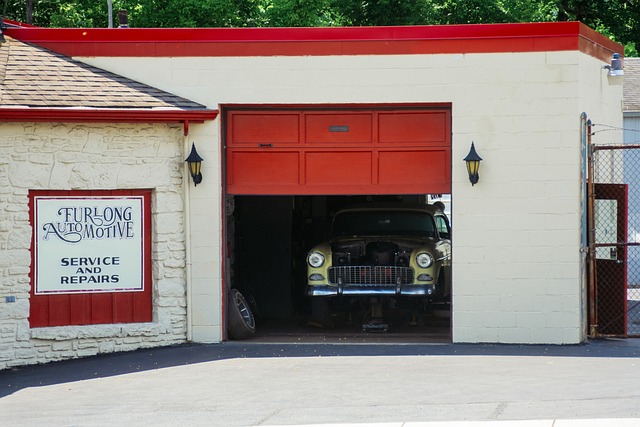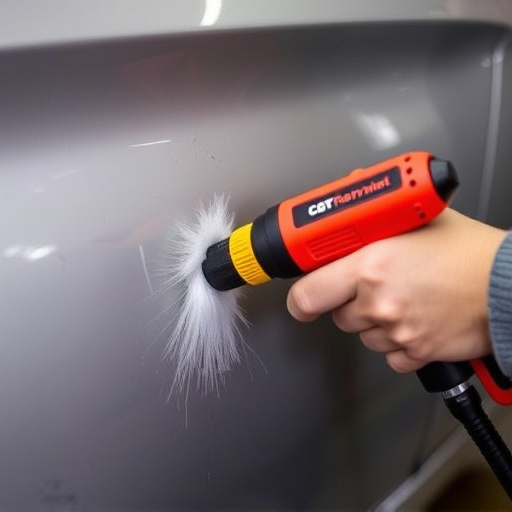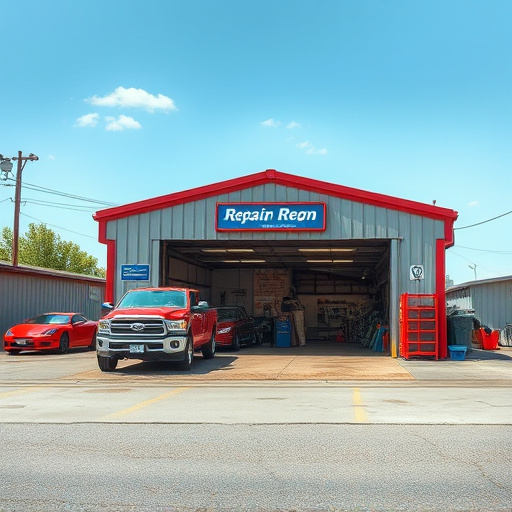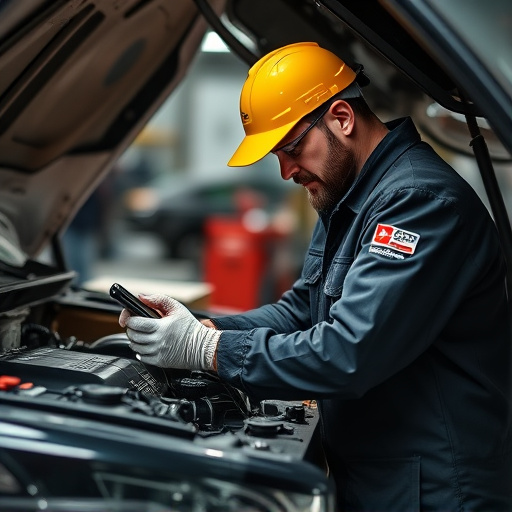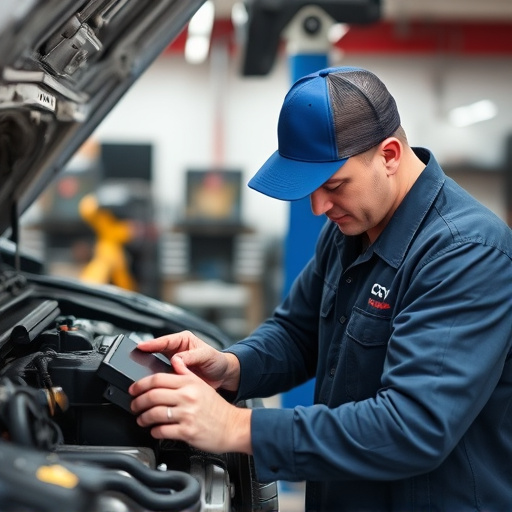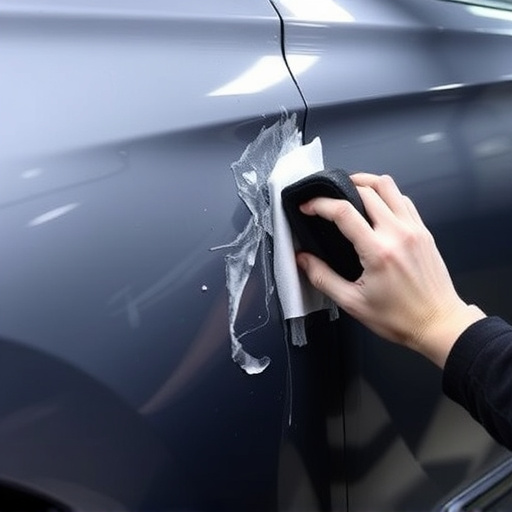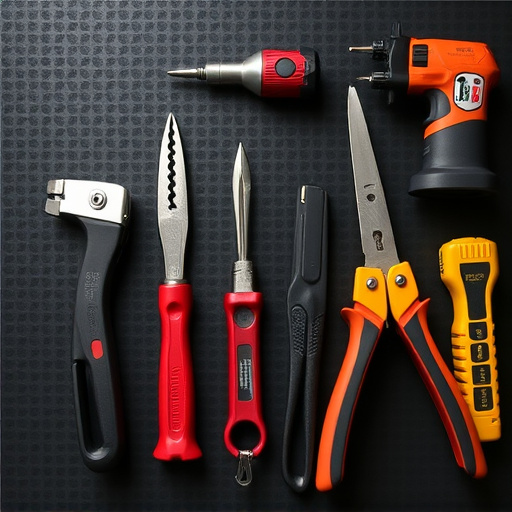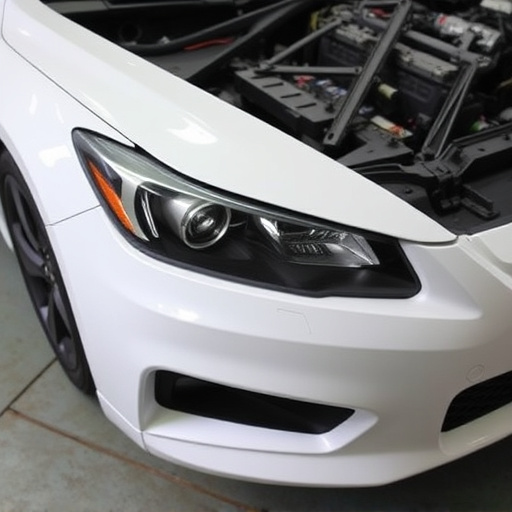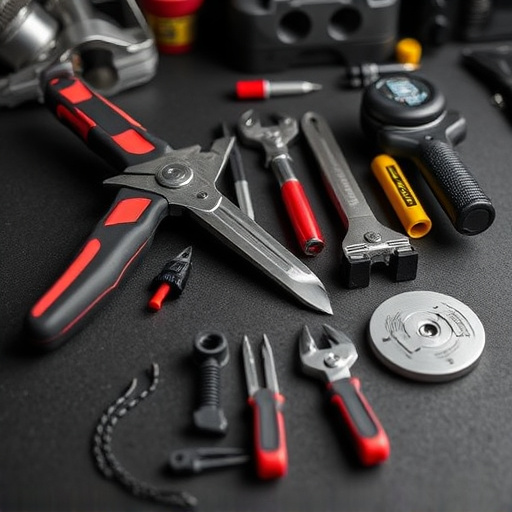Uneven trim, poor adhesion, and misalignment in specialty trim repair signal low workmanship. Professional shops use precision tools, high-quality materials to ensure seamless, durable repairs integrating with original components. Visible gaps, misalignments indicate subpar work, compromising structural integrity, aesthetic appeal, and vehicle market value.
“Uncover common indicators of subpar workmanship in the realm of specialty trim repair projects. This comprehensive guide sheds light on three key red flags: uneven or misaligned trim pieces, poor adhesion and fastener placement, and visible gaps in jointing. Recognizing these signs is vital for ensuring the longevity and aesthetic appeal of your trim repair work. By understanding these issues, you can navigate the process with confidence, achieving professional results.”
- Uneven or Misaligned Trim Pieces
- Poor Adhesion and Fastener Placement
- Visible Gaps and Misalignments in Jointing
Uneven or Misaligned Trim Pieces

Uneven or misaligned trim pieces are a clear sign of poor workmanship in any specialty trim repair project. When installing or replacing car body shop trim components, such as door panels, fenders, or bumpers, each piece must fit seamlessly with its neighboring parts. If the edges don’t line up properly, it creates an unsightly appearance and can indicate subpar auto body repairs. This often results from inadequate measurement, incorrect cutting, or careless assembly.
In a professional auto body shop, precision is key when handling specialty trim repair. Skilled technicians take their time to ensure every detail is correct, from the fit of the pieces to the final alignment. They use high-quality materials and advanced tools to achieve a perfect finish, ensuring the car body shop’s work is both durable and aesthetically pleasing. Proper alignment not only enhances the vehicle’s overall look but also contributes to its structural integrity.
Poor Adhesion and Fastener Placement
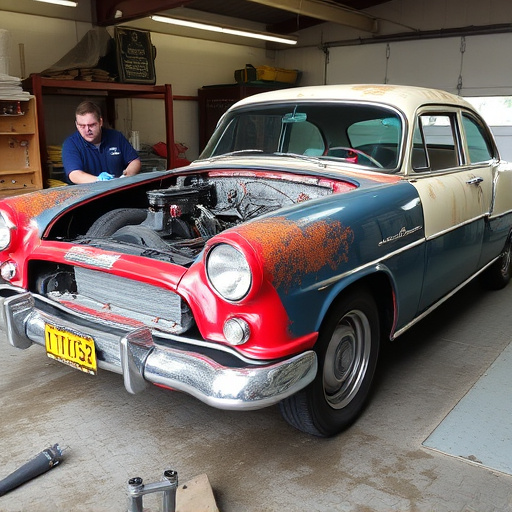
In specialty trim repair projects, one of the clearest signs of poor workmanship is uneven or weak adhesion. This often manifests as bubbles, cracks, or peeling in the paint job after what should be a simple fix. It’s not just about the visual appeal; these issues can also indicate a lack of proper preparation, such as inadequate cleaning or priming of the surface before application. Fastener placement is another critical aspect that reflects workmanship. Ill-placed screws or nails may seem like a minor detail, but they can cause significant problems down the line. Improper fastening can lead to misalignment, warping, or even damage to the trim itself, requiring additional car body repair or vehicle body repair efforts.
Consider the impact of these overlooked details on the overall quality of the repair. When performed correctly, specialty trim repairs should be virtually indistinguishable from the original components. Poor adhesion and fastener placement not only compromise this goal but also suggest a lack of skill or attention to detail, which can have knock-on effects on other aspects of tire services and vehicle maintenance.
Visible Gaps and Misalignments in Jointing
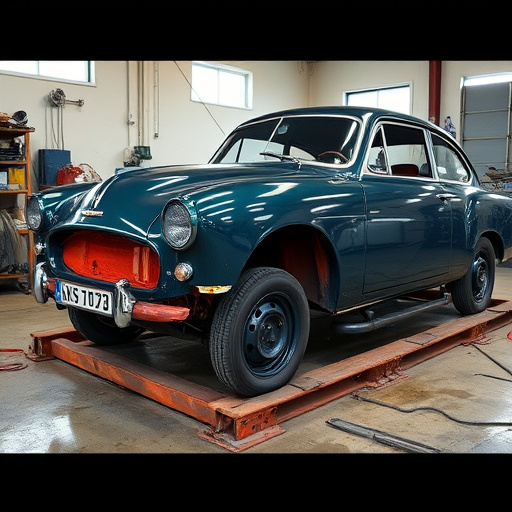
Visible gaps and misalignments in jointing are clear indicators of poor workmanship in any specialty trim repair project. When repairing or replacing trim pieces on a vehicle, especially in luxury vehicle repair, precise fitting and seamless integration are paramount to maintaining the vehicle’s aesthetic appeal. Gaps suggest that the panels were not properly measured, cut, or fitted, leading to unsightly visible spaces between joined sections. Misalignments, often noticeable along the edges of joined parts, can cause a bumpy or uneven surface, detracting from the overall quality of collision repair services provided.
These issues are particularly evident in collision repair where precision is crucial to restore the vehicle’s original condition and maintain its market value. While some minor misalignments might go unnoticed by the untrained eye, consistent and widespread gaps are a red flag for any auto body repair expert. Such defects not only compromise the structural integrity of the repairs but also signal a lack of attention to detail, which is essential in specialty trim repair projects.
When undertaking specialty trim repair projects, it’s crucial to watch out for signs of poor workmanship. Uneven or misaligned trim pieces, poor adhesion, and visible gaps in jointing are red flags indicating subpar work. To ensure a professional and durable result, pay close attention to these details and consider seeking expert help if needed. Proper execution of specialty trim repair is key to preserving the aesthetic appeal and long-term integrity of any space.
